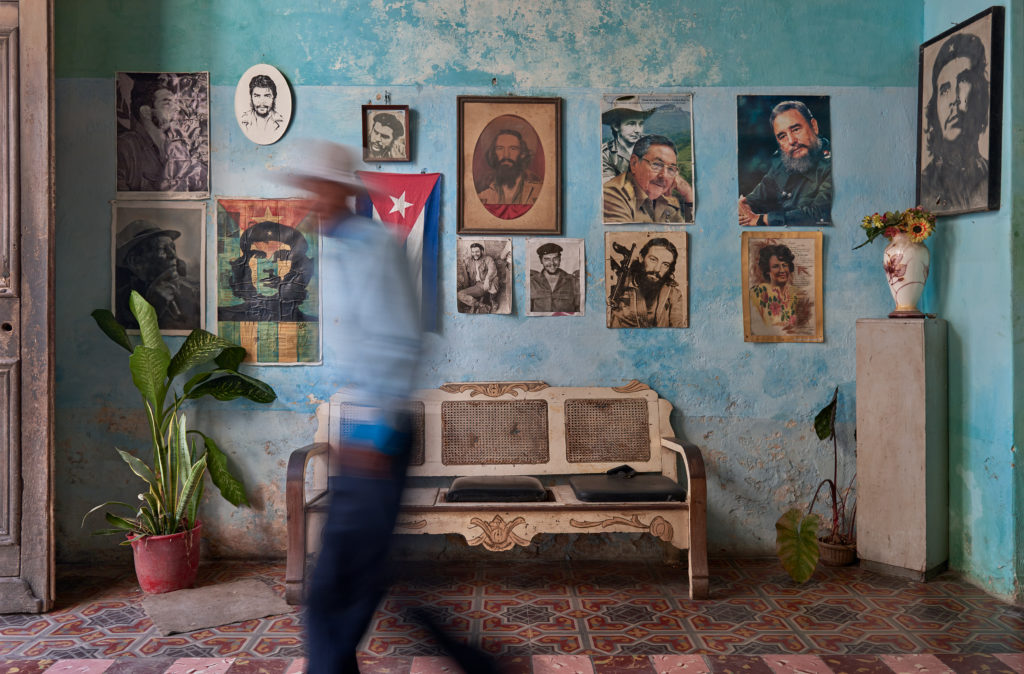
Havana has been for long on my bucket list. Havana’s heritage of architecture, the abundance of American cars from the 1950s (used as collective taxis or tourist transport), and the life and character of its inhabitants make Havana one of the visually richest and – still – photo-friendliest places to visit. The rich color palette of the buildings combined with the tropical sun yields an amazing quality of light.
These days a lot of places look the same, the people eat the same food, dress the same, and aspire to the same gadgets. Cubans did not have the possibility to do that and thus the country has kept a timeless quality. One has the impression that nothing ever changes; your images may have been shot last week or fifty years ago. The challenge though is to create images that go beyond the mere touristic impressions.
Cuba is changing, more tourists will have the opportunity to visit, Wi-Fi hot spots are created at major squares, and the cruise-ship terminals are extended. At the moment, the tourist traps with fake Cohibas, Mojitos made of lime powder, and everything “Hemingway”, are limited to the main axis between the Plaza de Armas and the Capitolio.
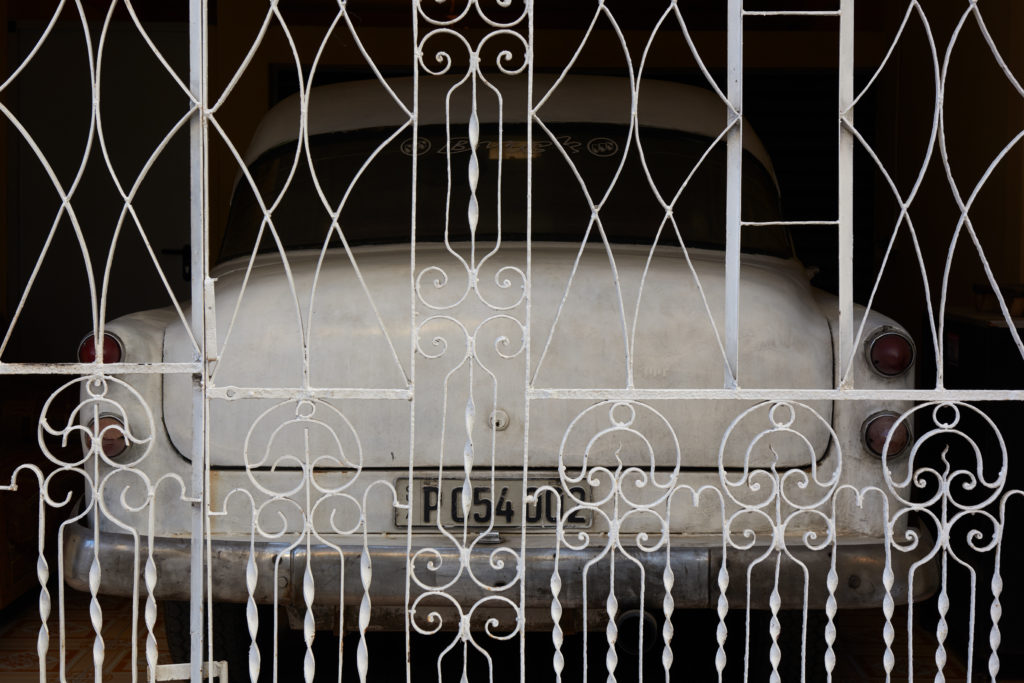
Taking a parallel road one or two blocks away one will find an amazing cityscape with all sorts of architectural styles (colonial baroque, Spanish renaissance, modernism, art deco, art-nouveau) decaying in a rich, almost oversaturated way.
The best option to photograph Havana is to participate in a workshop with photographer Luis Alarcon. Btw, if you don’t speak Spanish, such workshop is also the only option. Luis is an established street and documentary photographer well connected with the photographic scene in Havana. We were based in one of the “casas particular”, which also helps in establishing a link to the every-day life of people.
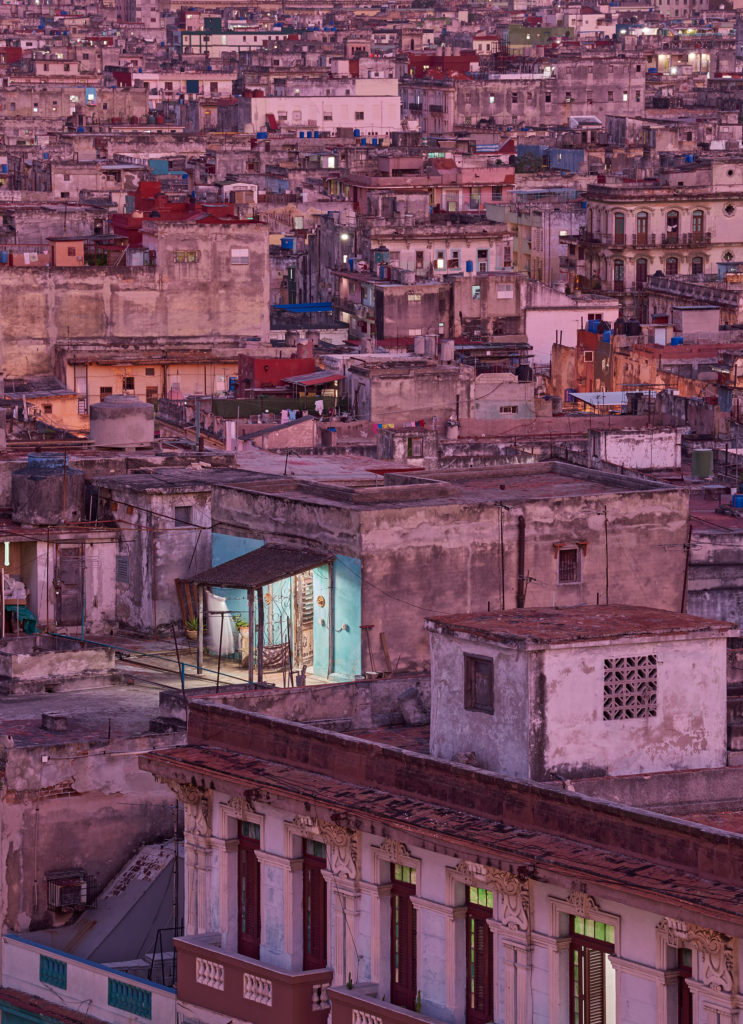
Each day we had portfolio reviews, curating sessions, and exercises on story telling. Not to mention meetings with some of Cuba’s most prestigious photographers. And Luis is great in opening the doors to special places; rooftops, villas, gyms, and sites of Afro Cuban religion, among others. It was also instructive to see Luis’ way of working and how he is triggered by scenes evolving in front of his lens.
On the technical side, I learnt to appreciate auto-ISO: Manual mode for selecting a minimum exposure time for avoiding motion blur and setting the appropriate aperture for subject isolation, while letting the camera chose ISO automatically.
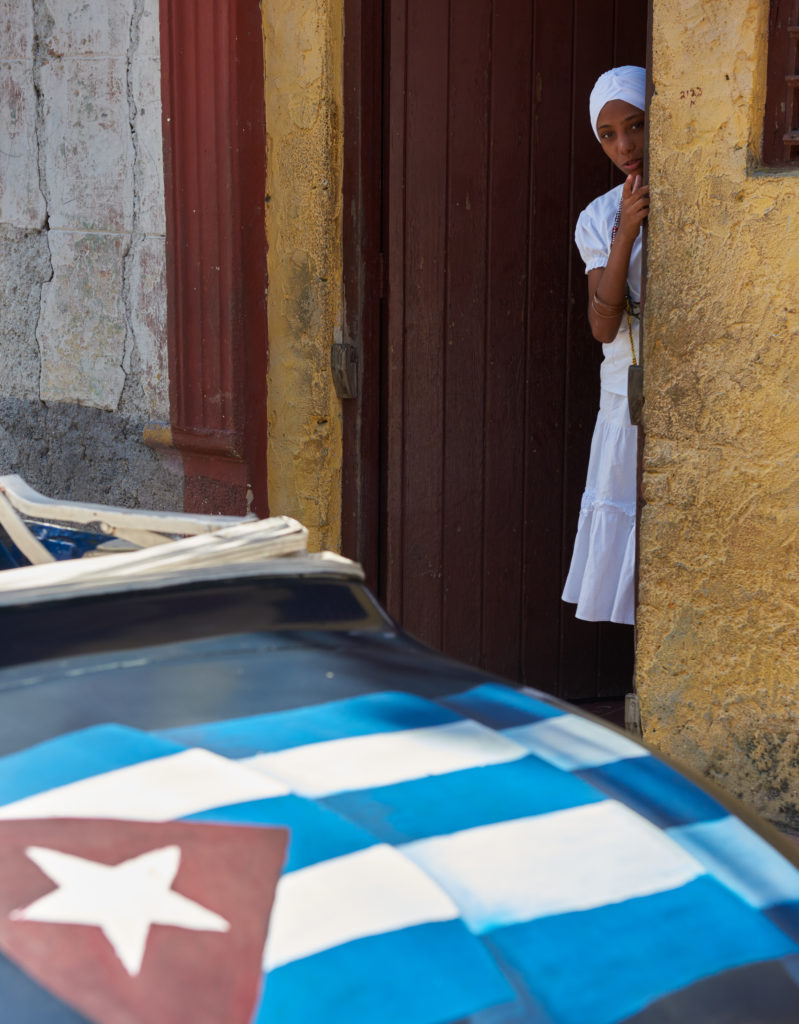
With the shot discipline required by the Nikon D810 my keeper rate was obviously low. Shooting more than 3000 images, I retained about 60. It is clear why street photographers turn away from DSLRs. The in-body image stabilisation (IBIS) of the latest Olympus E-M1 MkII, for example, its form (weight) factor, and its larger depth of field due to the smaller sensor make working in the street so much easier*. Besides, the noise of the mirror flap can indeed be disturbing in some situations.
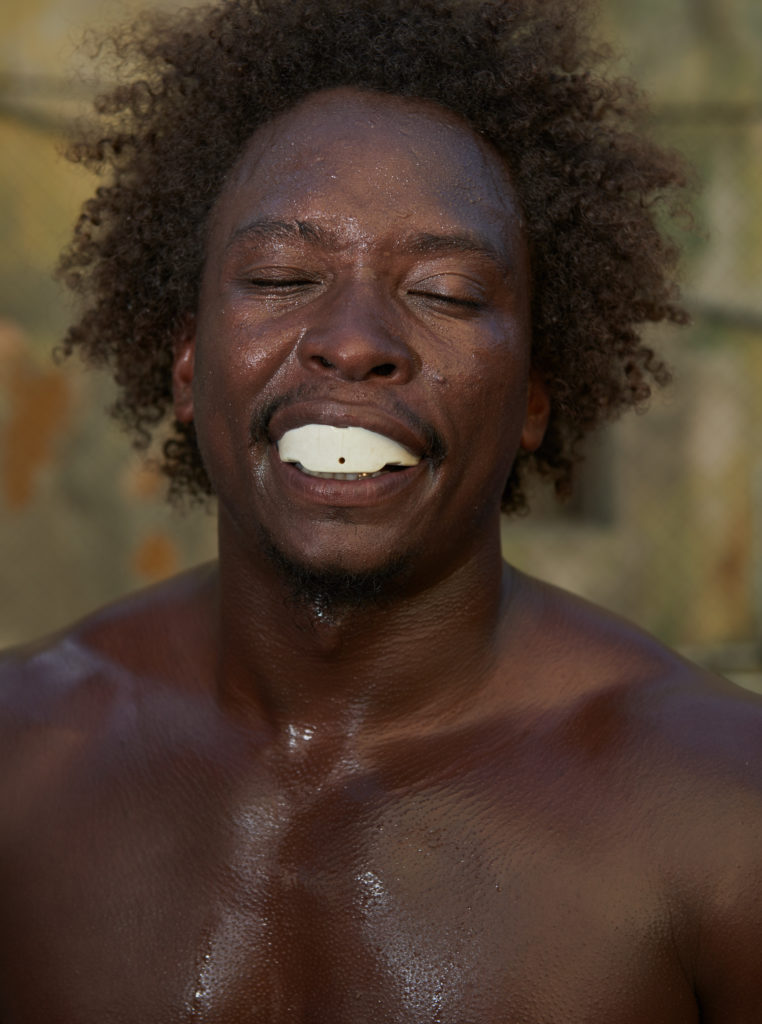
Back to curation, story telling, and development of style: Getting serious about photography you want to develop a distinctive style that makes your images recognizable. Mine has been influenced by twenty years of shooting with a large-format camera, technically dominated and slow. And although I have come out of my comfort zone recently by shooting through prisms and disregarding motion blur, noise, and flare, I still can’t fill the 24×36 frame. Thus more than half of my images turn out to be in portrait orientation, albeit not best suited for viewing on a computer screen. But portrait orientation seems to underline my analytic and reduced vision on busy subjects.
So far I haven’t been able to describe this style in a single term. Discussing with Luis he characterized my final portfolio as “An engineer in Havana”. Spot-on! SR
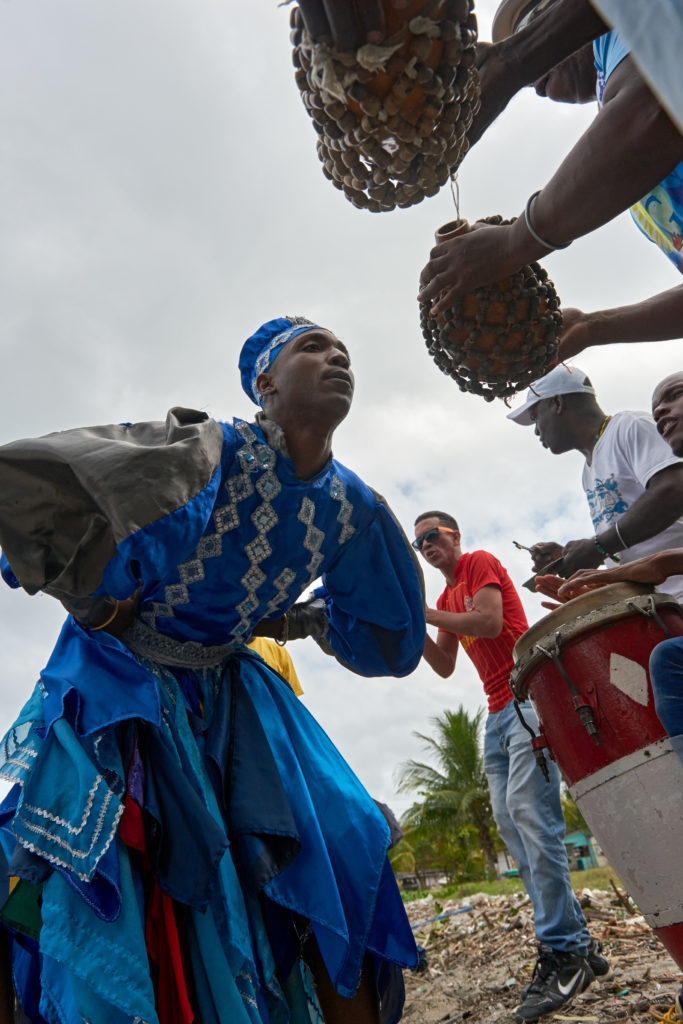
* Given the effectiveness of the Olympus IBIS system one can obtain sharp results down to a 1/10 of a second in the range of 24-70 mm focal length. At the same depths of field one could be shooting handheld at ISO 100 instead of ISO 1600 with the D810, which requires at least 1/200 of a second with the non-stabilized 24-70 f/2.8. Another option would be to leave the tripod behind entirely.

Carlos Grifo Anton
31 Jan 2017Hi Stephan,
Nice to see these photos. They recall me to Laura’s city… and they are amazing. I’ve just bought a canon and I’m starting to go in the world of photography; for the moment just as a beginner. I hope to be able sharing pictures with interest in the future.
I’m following as well the progress of the construction of the 311. It is amazing to see already the crane and the framing. Thanks for share these pictures. Looking forward to see the building finished and operational.
Best regards!
Carlos
Stephan Russenschuck
31 Jan 2017Thanks Carlos. Havana is an amazing place with amazing people. I just hope they will be a able to develop, while preserving their heritage, and without too many ugly Trump towers being erected. As you have seen, I also enjoy documenting the progress of our common project. Architecture and photography goes well together. Just think about Julius Shulman. So have fun with your new camera. Stephan
Carlos Grifo Anton
31 Jan 2017Thanks for the name!